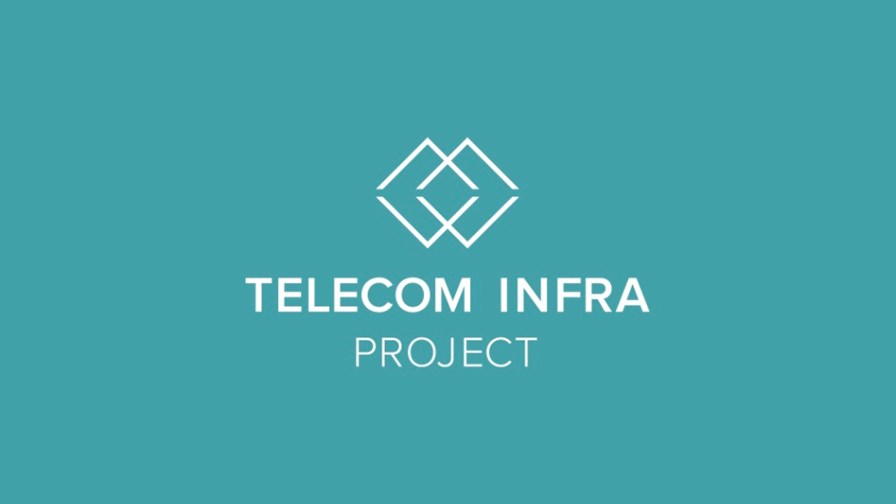
- The Telecom Infra Project (TIP) is growing its influence
- It plans more work on end-to-end network solution models
- Its expansion needs funding – membership fees have been introduced
- New board member Ihab Tarazi says open networks are no longer an ‘experiment’
Encouraged by the traction that open, disaggregated network elements and architectures are now gaining with network operators, the Telecom Infra Project (TIP) is set to ramp up its efforts in 2021, with an even greater focus on end-to-end network solution models as well as individual network elements.
And to help it achieve its aims, the organization has introduced membership fees to fund its activities. More on that later…
The industry organization, launched five years ago by Facebook and a key group of industry heavyweights such as Intel, Deutsche Telekom, SK Telecom and Nokia, has seen its ideas about open, disaggregated, multi-vendor networks gain traction in the past 18 months, with its efforts in the Open RAN movement attracting the most attention.
With greater interest across the industry in disaggregated network architectures, it has added some new names to its board and is stepping up its pace of development in what looks sure to be a key year.
“People have been talking about this disaggregated open model as an experiment, but it's no longer an experiment,” says Ihab Tarazi, CTO at Dell technologies and one of the new board members.
“CPU power and acceleration, and some new technologies like smart NICs, have gotten to the point where performance is equivalent to the custom chip model. At the same time, it's a software-defined model… [that’s] significantly more efficient and distributed. Also, the developments in container management and tooling all apply directly, so all the cloud innovation is now available. So from our perspective, deployment and scale is possible with this new disaggregated model – you’re going to hear from people in the industry that ‘it's not ready, it's not efficient,’ but our own calculation says it's ready for specific applications this year,” says the Dell executive.
“What we're really excited about is that it's not just about Open RAN – we have been participating in DCSG [disaggregated cell site gateway], we have already responded to RFPs on open BNG, open router, open Wi-Fi… I'll give you an example on open BNG: When I was at Verizon I was responsible for Fios, and there are serious limits on the size of city you can launch broadband into [with traditional technologies]… with an open model and new technologies, you can be very surgical, you can be very cost effective with broadband, so the use cases are showing up now,” says Tarazi.
Another new board member, Juan Carlos García, SVP Technology and Ecosystem, at the Global CTIO unit of Telefónica, says the ecosystem of open networking elements has now reached a scale where “it’s big enough to build end-to-end solutions… you can expect to see TIP [elements] referenced in RFIs and RFQs,” he notes.
“In Open RAN, this year we will see try-outs in the order of hundreds of base stations and the first RFQs for massive deployments in 2022. So this is the pivotal year in Open RAN, and not just for rural deployments,” he predicts.
“On open transport, we have the cell site gateways, we have microwave, we have partially disaggregated optical elements and we are working hard at TIP on SDN controller developments to enable the management of future networks – this is a key element,” states the Telefónica man.
What operators are increasingly looking for now are “common minimum viable product roadmaps for key areas of the network,” says Attilio Zani, TIP’s Executive Director. “We are being asked to really understand the requirements of the operator community and marry that up with vendor solutions, and then become the industry reference for the testing and validation of these solutions and products, so that there can be greater confidence in the products and solutions,” he notes.
The end-to-end solution options are becoming more important, adds Zani. “We’ll be expanding our Solution Group portfolio. We’ve already launched this with Network-as-a-Service (NaaS), Connected City Infrastructure, Mobile Data Offload and Open Automation.
We see this being enhanced, and there is new activity that will come off the back of the CI/CD work we’ve been doing.” (See TIP OpenRAN Project Group Makes First Version of OpenRAN CI/CD Platform Available to TIP Community.)
Evidence that there are more options for interested network operators is visible in the TIP Exchange, an online showcase of TIP-based products. When the Exchange was launched in November 2019 it had 28 vendors promoting a total of 45 products: Now it has 102 products from 45 vendors.
With more work to do, TIP is now seeking financial support from its membership, which now exceeds 500 companies. There are three tiers: The software tier is free, allowing developers to participate in building applications and services against the APIs that are published from the solutions; the Associate tier costs $2,500; and full membership, “where participants get involved in Project groups and driving forward the agenda in our solution groups,” says Zani, is $10,000 per year.
“We’ve been told by our board it’s time to industrialize our key components and we're being asked to do so much more, so we need to ask the industry to participate in the value of what we're creating. The board and events have paid for what we've done so far, but to take it to the next level and respond to demand globally, we need to do this now,” says the TIP Executive Director.
But this doesn’t mean any of the founders or existing supporters are stepping away, according to TIP: “They are as committed as ever… this development is to ensure we are ready for our next stage of growth and progress,” the organization noted.
- Ray Le Maistre, Editorial Director, TelecomTV
Email Newsletters
Sign up to receive TelecomTV's top news and videos, plus exclusive subscriber-only content direct to your inbox.




